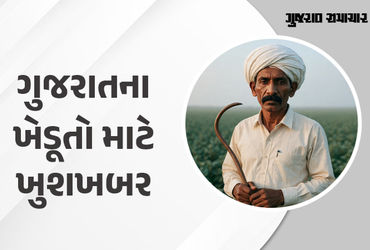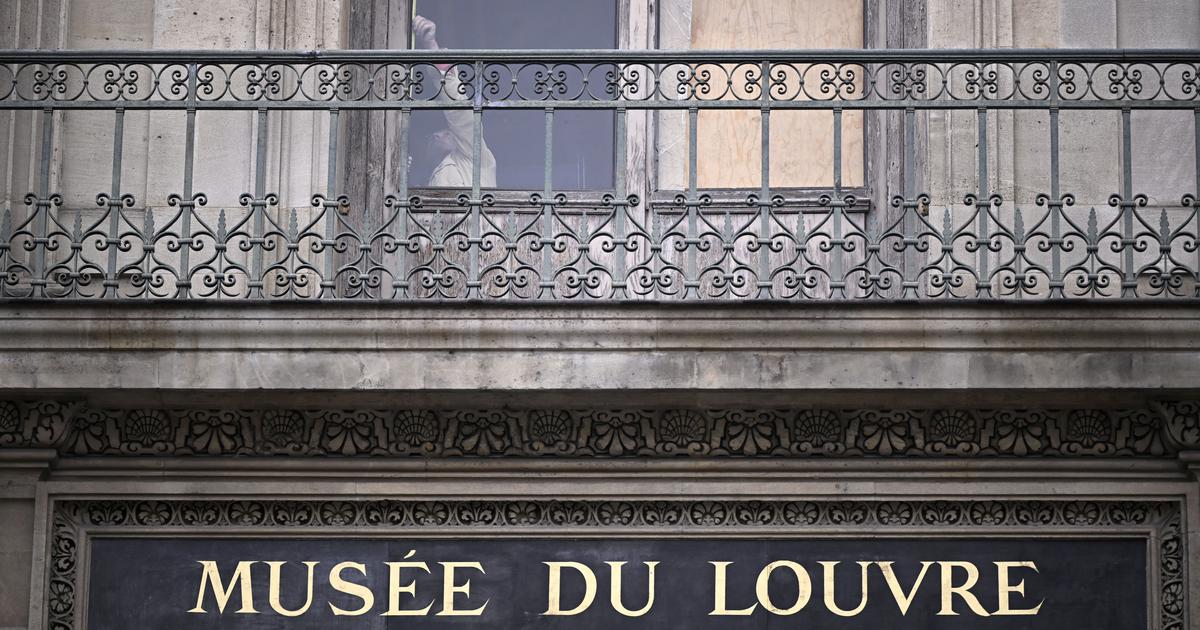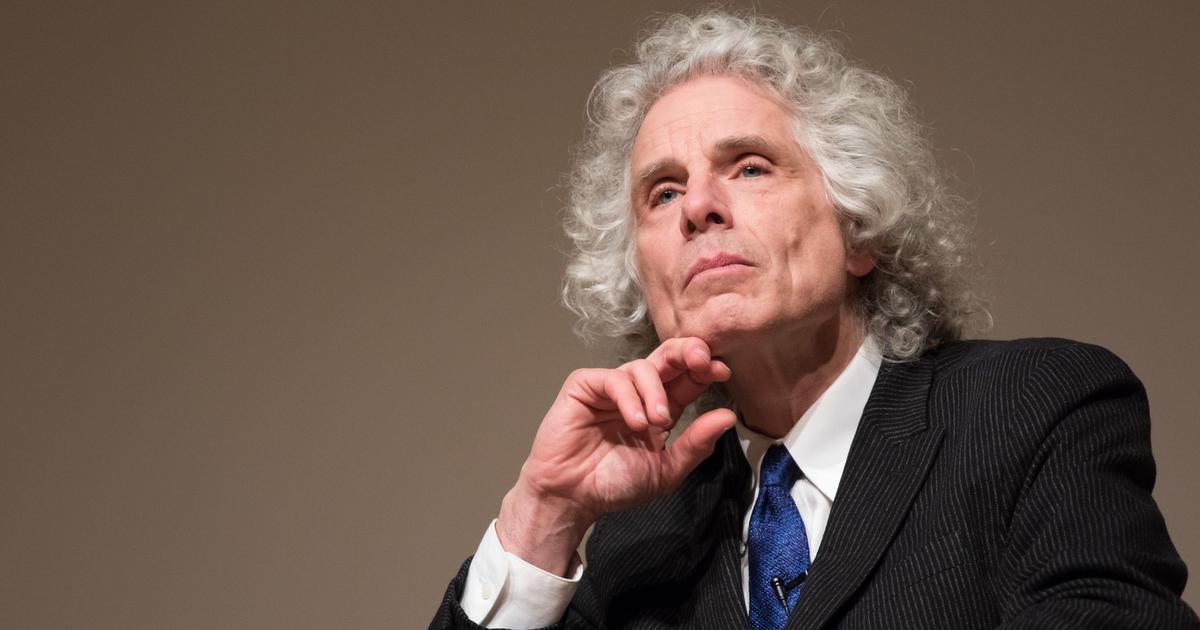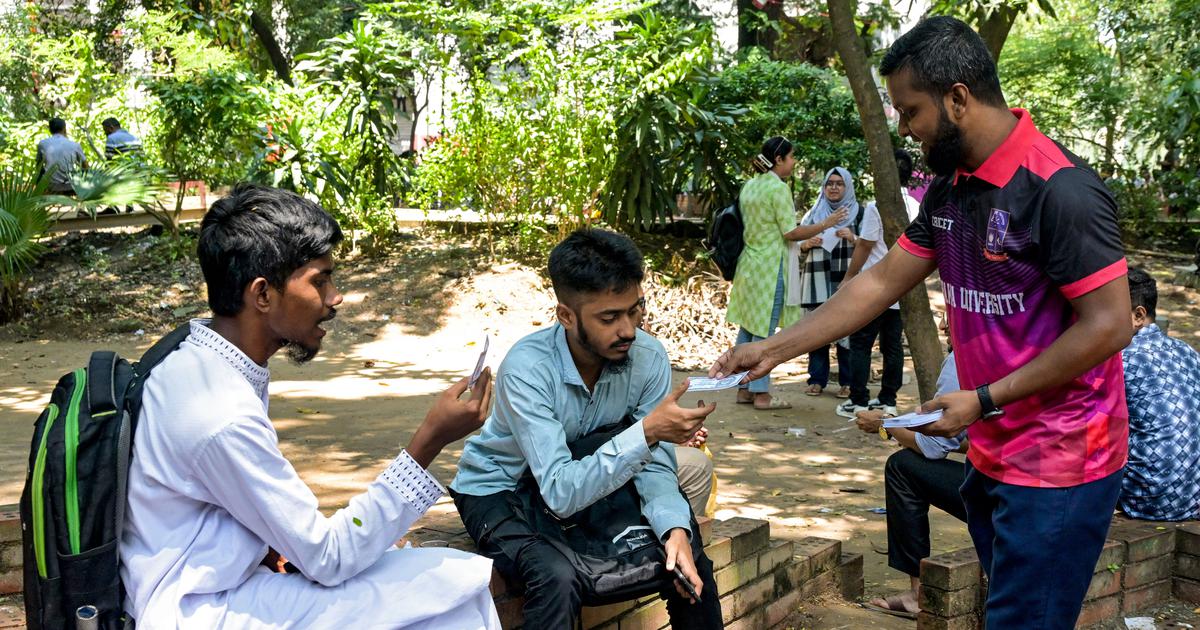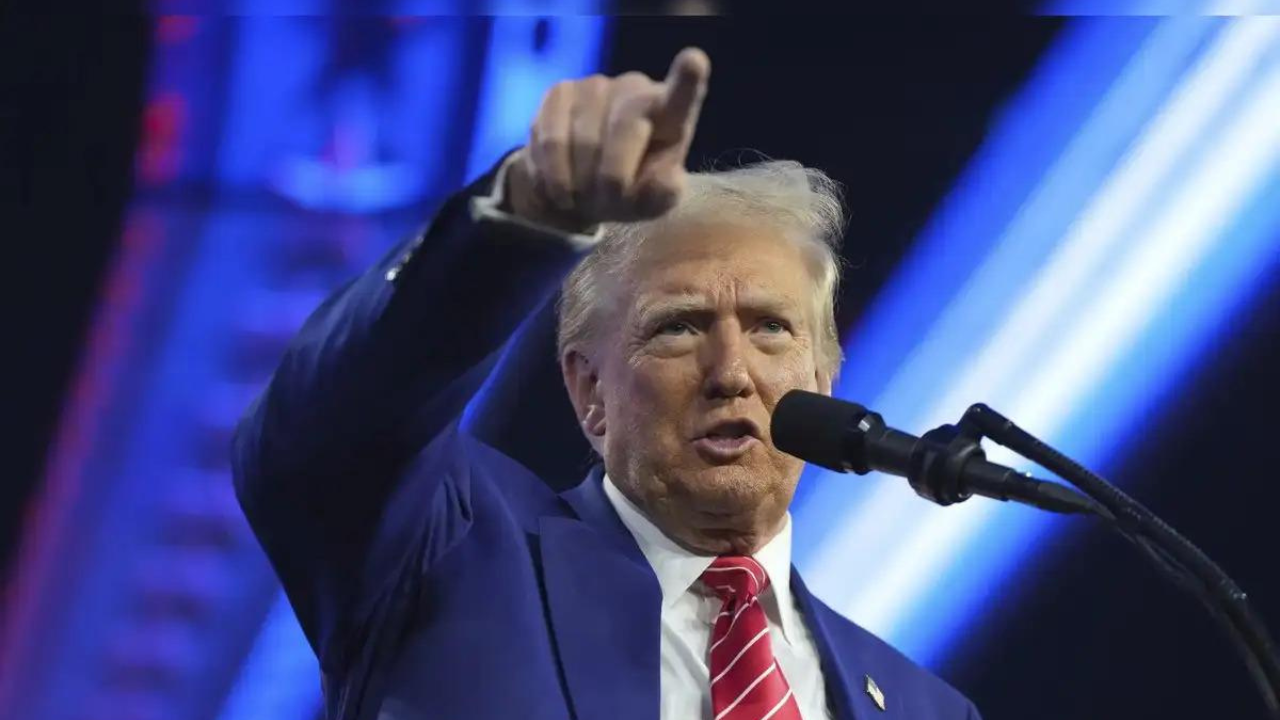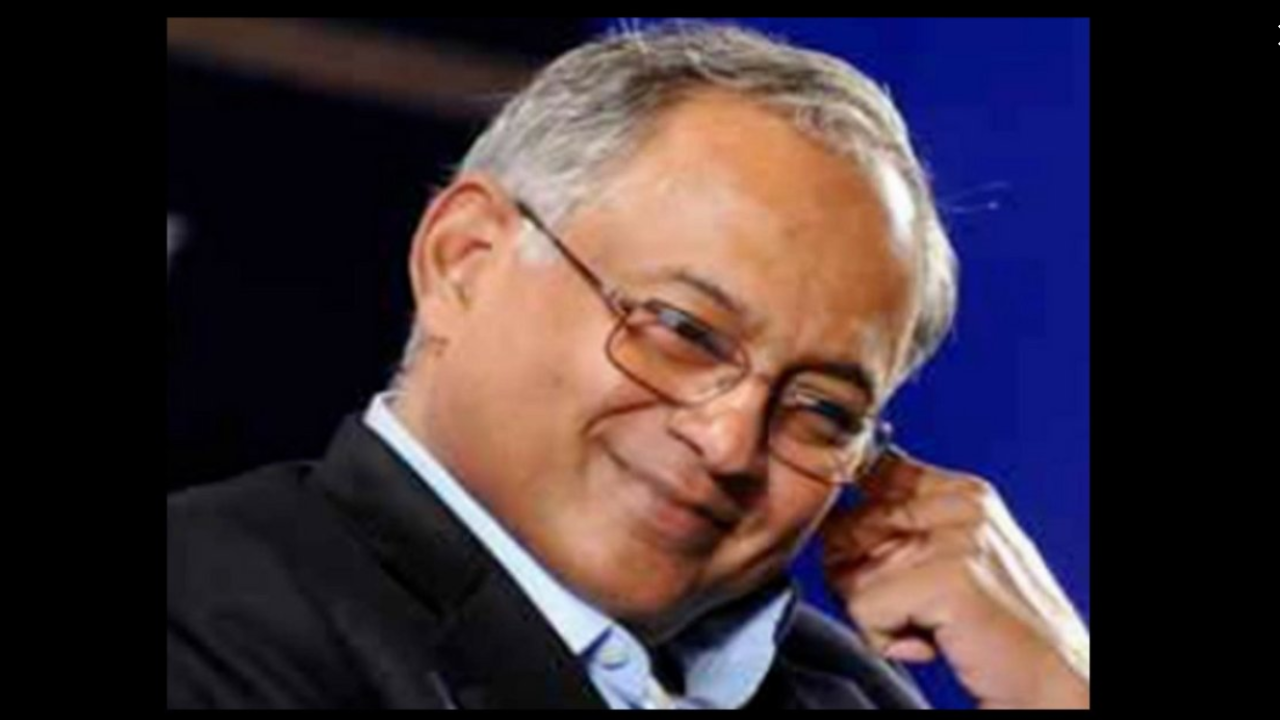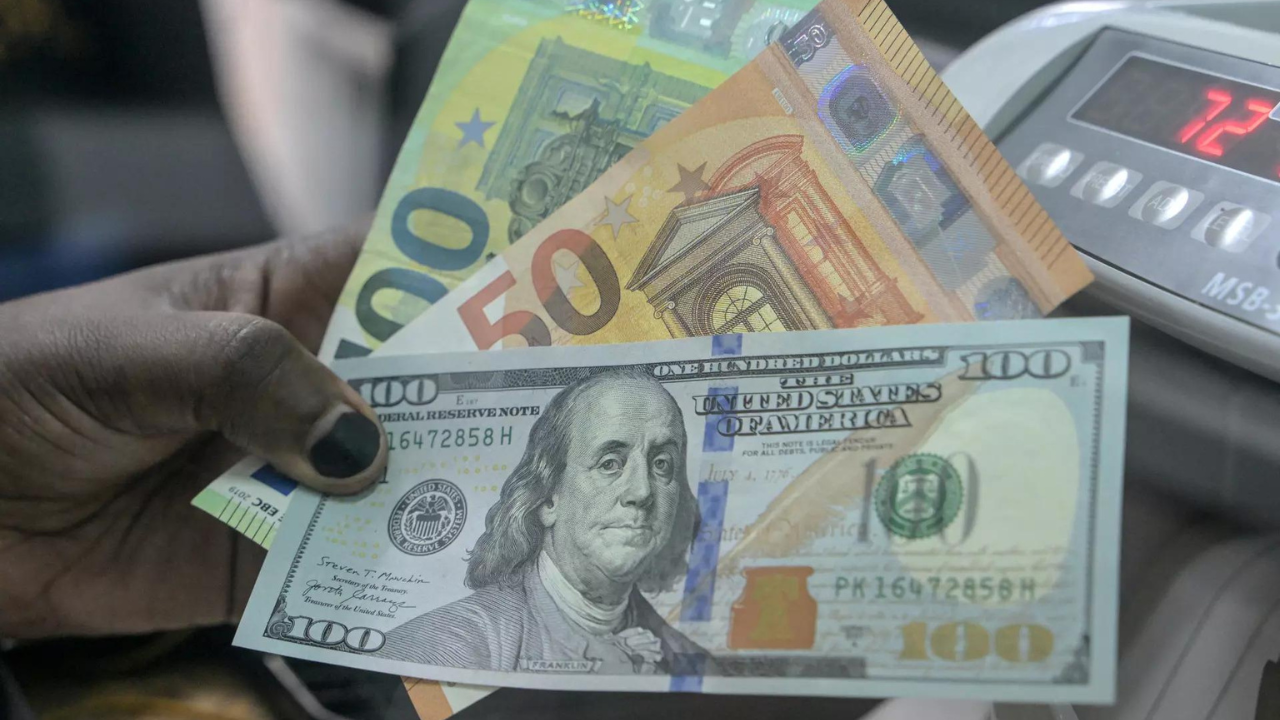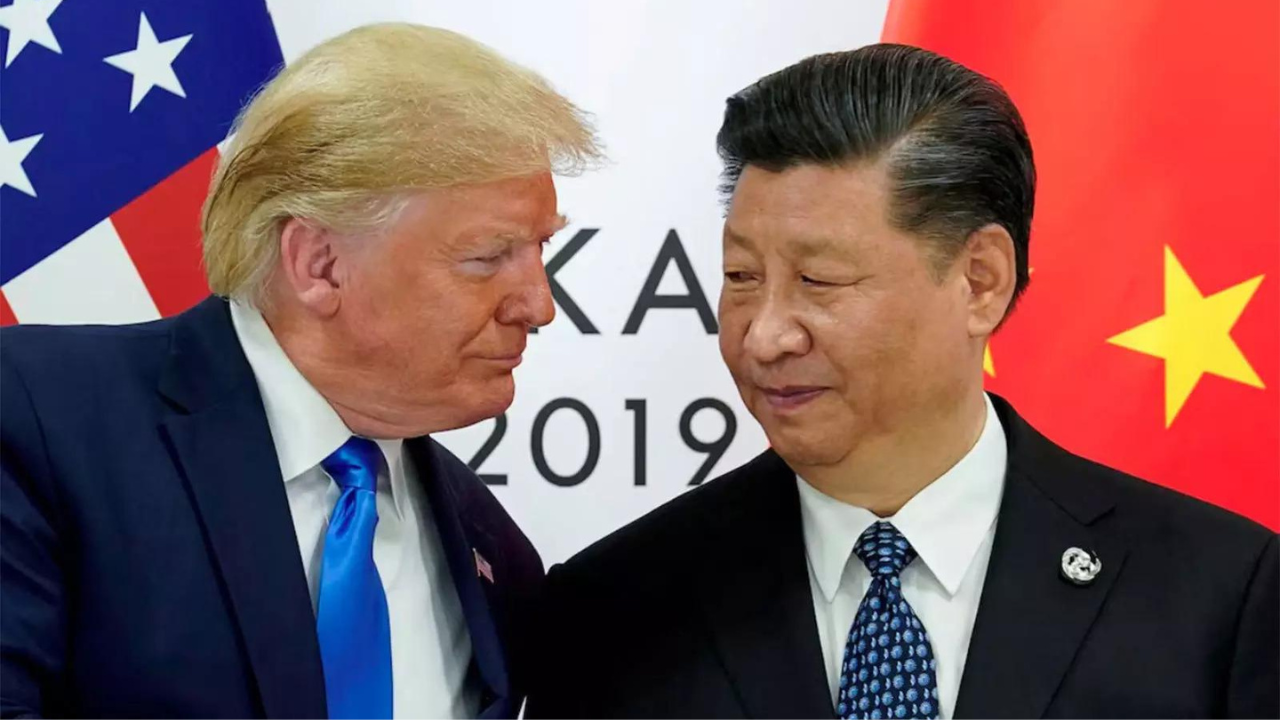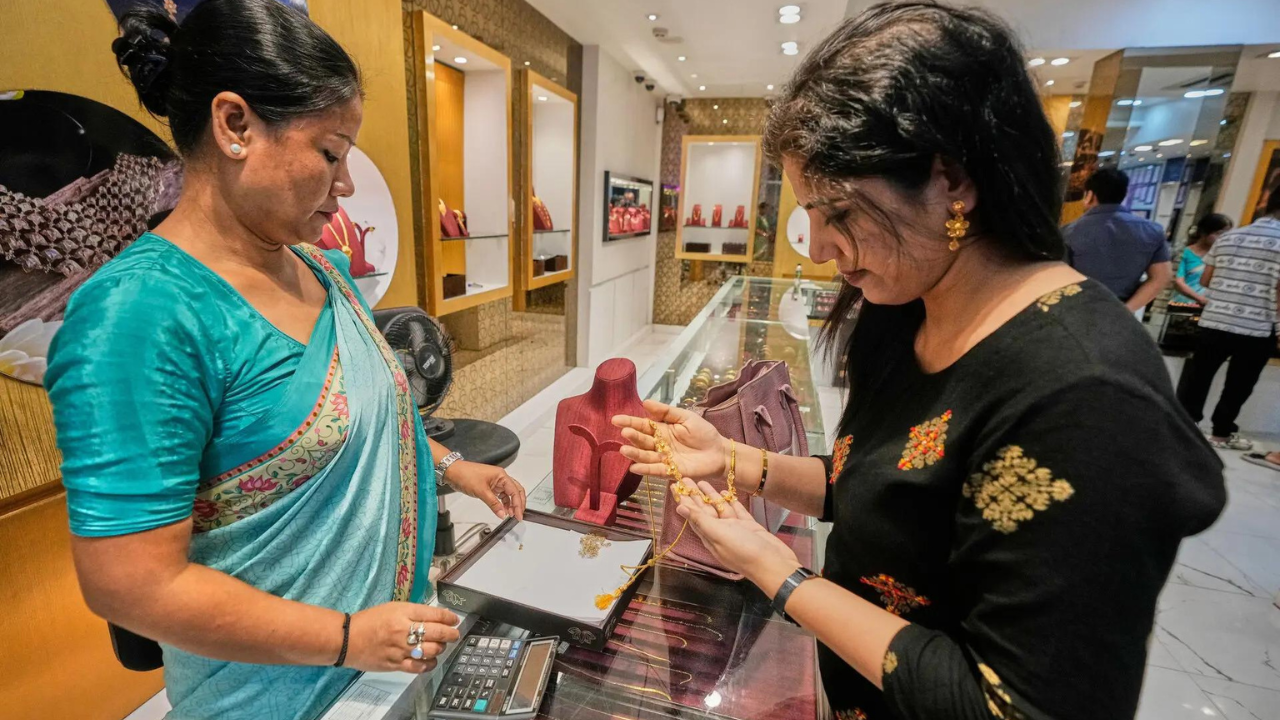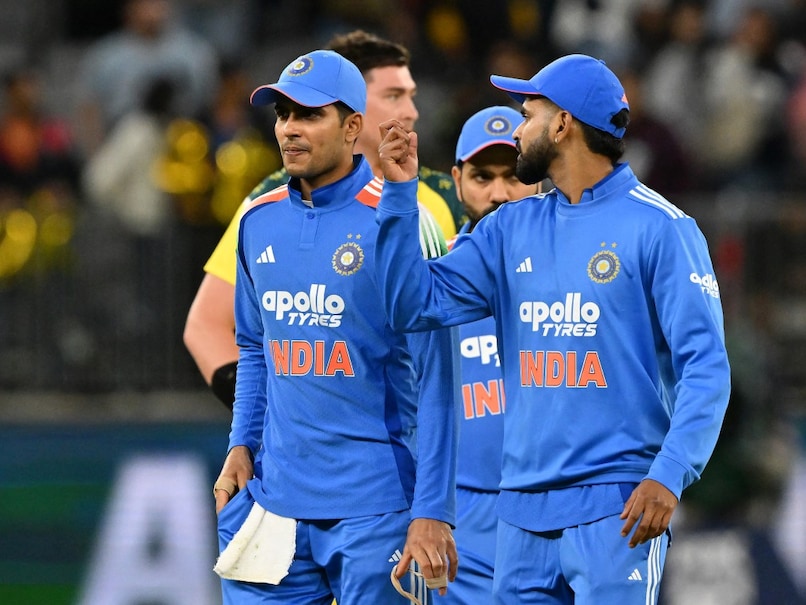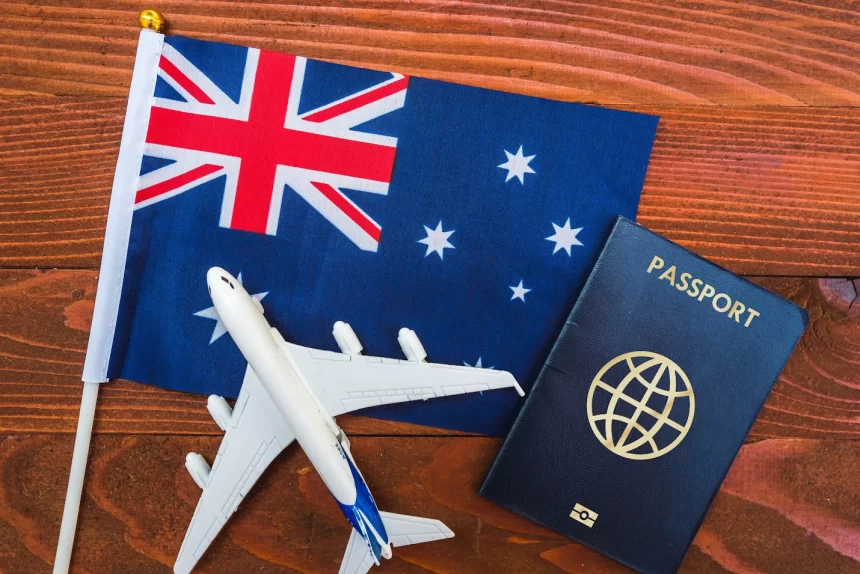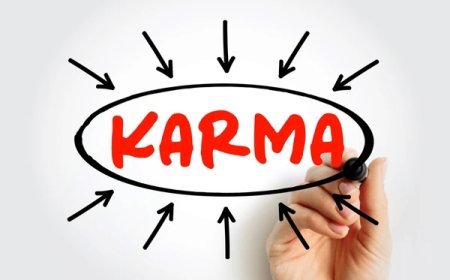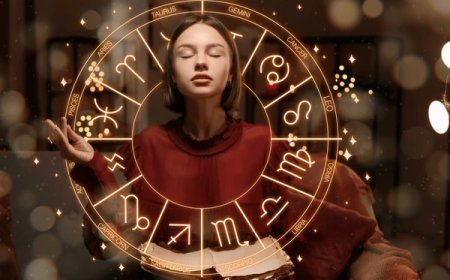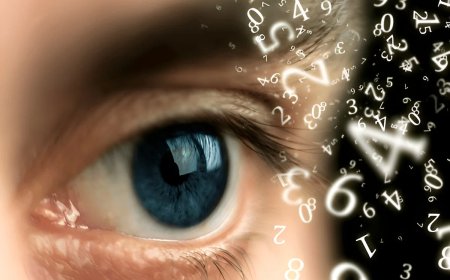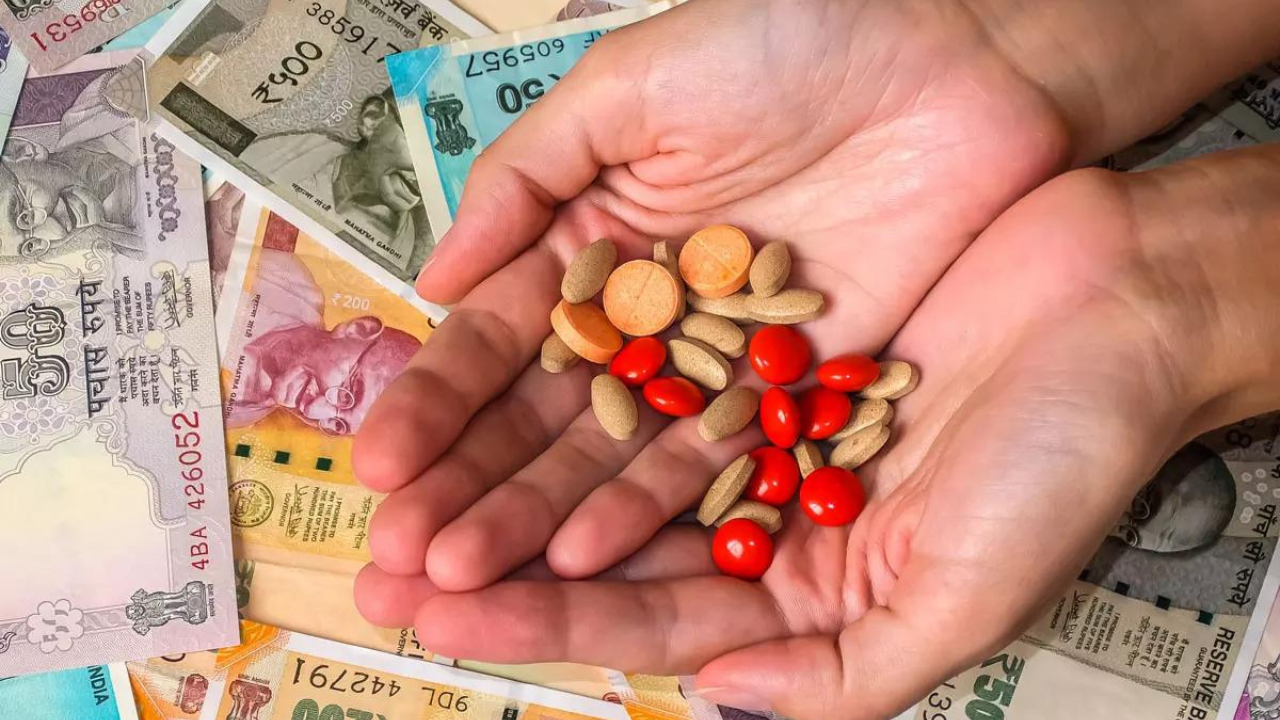Management consultant Arun Maira studies the socioeconomic evolution of India’s ‘tryst with destiny’

Join our WhatsApp Community to receive travel deals, free stays, and special offers!
- Join Now -
Join our WhatsApp Community to receive travel deals, free stays, and special offers!
- Join Now -

What is India’s “tryst with destiny”?
Independent India was born when Jawaharlal Nehru unfurled the country’s tricolour flag and addressed the Indian Constituent Assembly in Parliament at the midnight hour on 15 August 1947. India had won its independence after a long and remarkably peaceful struggle for freedom led by Mahatma Gandhi.
Gandhi had a vision of a country not divided into fragments by religious and communal walls. He envisioned a country in which every Indian, whether rich or poor, would hold their head high in dignity. India’s “tryst with destiny” was to provide “poorna swaraj” to all its citizens
The country’s democratic Constitution granted political freedom to every Indian, man or woman, rich or poor, whatever their religions. It created the world’s largest democracy. Sadly, some 75 years later, political liberties and freedoms of speech are being curbed in India.
Social equality amongst castes has not been achieved. Lower caste citizens continue to live in great indignity. Lower caste poor women live in abject poverty in India’s villages. They are amongst the most oppressed humans on the planet.
The number of billionaires in India increased from 102 to 166 between 2020 and 2022, the COVID years when work on the ground was disrupted by...
Read more
What's Your Reaction?
 Like
0
Like
0
 Dislike
0
Dislike
0
 Love
0
Love
0
 Funny
0
Funny
0
 Angry
0
Angry
0
 Sad
0
Sad
0
 Wow
0
Wow
0
